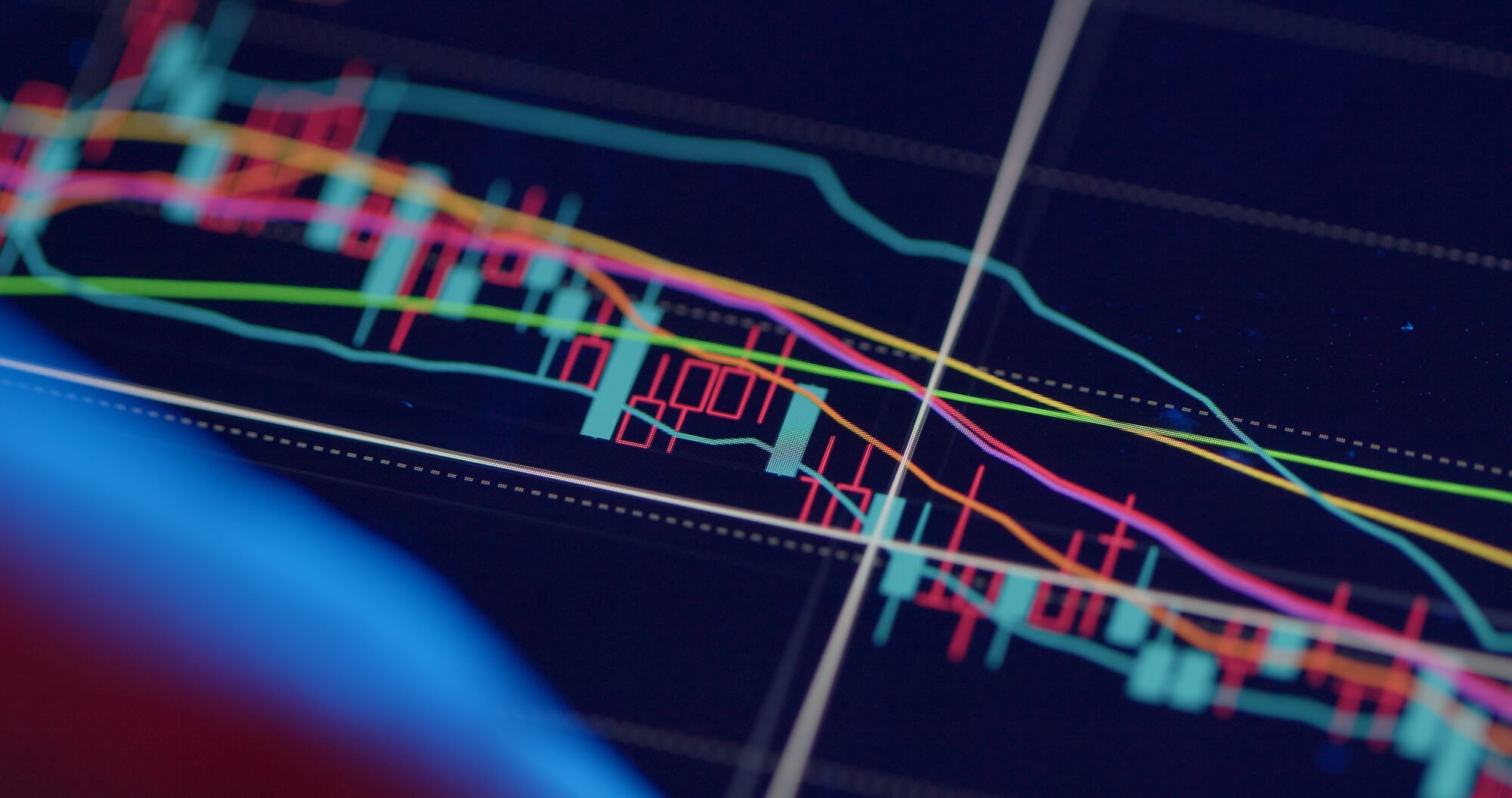
For some, the stock market promises limitless possibility, the chance to strike it rich with the next meteoric startup. For others, it seems to hold only limitless disappointment, especially in light of recent reports of economic instability and stock market crashes.
The truth lies, as it usually does, somewhere in the middle. But where?
What is the average stock market return, and how much can investors realistically hope to earn from their portfolio? Learn more about the stats involved in stock market investing.

What Is the Average Stock Market Return?
Over the last 50 years, the stock market average return has been around 10%.
By some estimates, the rate of return has been steady since the mid-1920s. That doesn’t mean the market has delivered a solid 10% return each and every year but that, on average, it’s generated positive results for long-term investors.
But there’s some good (and perhaps surprising) news: the average rate of return on stocks has been higher in the last 10 years than the previous 50. In fact, the stock market average return rose to nearly 15% between 2011 and 2021.
Stock market returns have indeed been deflated in recent years, with 2022 seeing a dramatic drop in the S&P 500. But these averages may give investors hope that despite a temporary speed bump, stocks can still deliver a strong return on investment.
How Is the Stock Market Average Return Calculated?
The average rate of return on stocks is usually calculated based on a market index, usually the S&P 500. Robert Schiller, a Nobel Prize winner in economics, has used data from the S&P 500 to determine the exact rate of return. According to Schiller, the S&P 500 has delivered a rate of return between 7.58% and 10.51% since 1971.
To be clear, this average is calculated based on the index as a whole and doesn’t necessarily reflect the rise and fall of individual stocks. In other words, it’s perfectly possible for an investor to have a significant amount invested in the market yet fail to receive this kind of return on his or her investment.
Even so, the average rate of stock market returns is encouraging to those who have been jaded by reports of instability or the threat of a future crash.
How Long Does It Take to Make Money in the Stock Market?
Based on this data, how long does it really take to earn money in the stock market? Economists often refer to “the rule of 72,” which refers to the time it takes your money to double in value. To calculate this number, simply divide the number 72 by the average rate of return.
For example, imagine you invested $1,000 into an index fund that tracks with the S&P 500. Since the S&P 500 offers a historic rate of return of 10%, it would take 7.2 years for your $1,000 to become $2,000 (72/10%).
You can also think of it this way: if you’d put $1,000 into the same stock index in the year 2000, you’d have $2,000 by 2007. If you’d reinvested this same amount in 2007, you’d have $4,000 by mid-year 2014. By 2021, your investment would become $8,000 — well on your way to $16,000 before the close of the decade.

What Investment Has the Best Rate of Return?
Stocks aren’t the only investment vehicle out there, but their 10% rate of return makes them the most effective. Government bonds, for example, offer an average rate of return of only 5–6%, and no high-yield savings account will ever come close to this high rate of return.
Some savvy marketeers might point to the world of cryptocurrency, where investors have seen dramatic increases in the price of Bitcoin and Ethereum.
While that’s certainly been the case, the high volatility of these assets also makes them extremely risky, and the technology simply hasn’t been around long enough to demonstrate a true, long-term rate of return in the same way that the S&P 500 index has.
What Is the Expected Average Stock Market Return in 2023?
What is the average stock market return in 2023? While America’s economic instability is likely to continue into 2023, many economists are optimistic that investors will see a rebound in the latter half of the year.
It’s not easy to predict what the year’s average rate of return will be, but the most reliable stock market forecasts indicate a 12% increase in the S&P 500 by the year’s end.
How this affects the average rate of return depends on how quickly the market rebounds. The earliest part of 2023 will continue to be shadowed by a “mild recession,” and the rate of return may vary across different sectors of the economy.
How the Average Rate of Return Impacts Your Investment Strategy
How might this data influence your investment strategy? Here are five things investors can do to take advantage of this rate of return.
Focus on Long-Term Goals
Remember the old story about the tortoise and the hare? As much as you might dream about getting rich on some fast new startup, your best investment strategy is to focus on steady, long-term growth.
That’s not to say you can’t include some new ventures in your investment decisions, but most investors will find that they earn the most (and lose the least) when they focus on slow growth over years or even decades.
Pursue Growth Stocks
The best long-term growth prospects come from companies with a long history of steady growth. Growth stocks represent large, stable corporations that have stood the test of time and have the resources to continue thriving. That’s not to say there’s no risk with a growth stock, but they’re typically less volatile than small startups.
Here’s a tip: during bear markets, look for undervalued stocks, then reap the benefits when the share price stabilizes.
Don’t Panic over Market Dips
The stock market has always gone through periods of expansion and contraction. But try not to lose sleep in a bear market. The average rate of return should remind you that for roughly five decades (longer than the lifespan of today’s youngest investors), the stock market has delivered a 10% rate of return. You can weather this storm.
Consider Index Funds
Since the S&P 500 index is used to calculate the average rate of stock market returns, it may make sense to invest in an index fund rather than select individual stocks.
An index fund is a bundle of stocks that come directly from the S&P 500 or another index. If you’re a beginning investor, index funds can also be a reliable way to build your portfolio without incurring major risk.
Diversify Your Portfolio
Remember: the average stock market return is based on the index as a whole and doesn’t necessarily reflect specific companies or industries.
Depending on the economy, some sectors can thrive while others struggle. You can take advantage of average rates of return by ensuring that your portfolio is balanced with shares representing multiple distinct industries. An index fund can often do this for you, as can certain exchange-traded funds (ETFs) and mutual funds.

The Tools You Need for the Gains You Want
Feeling optimistic? Today’s average rate of return means it’s never a bad time to start investing.
Get the tools you need to see the gains you want with Gorilla Trades. Sign up for a free trial today and receive 30 days of stock alerts on the house.
